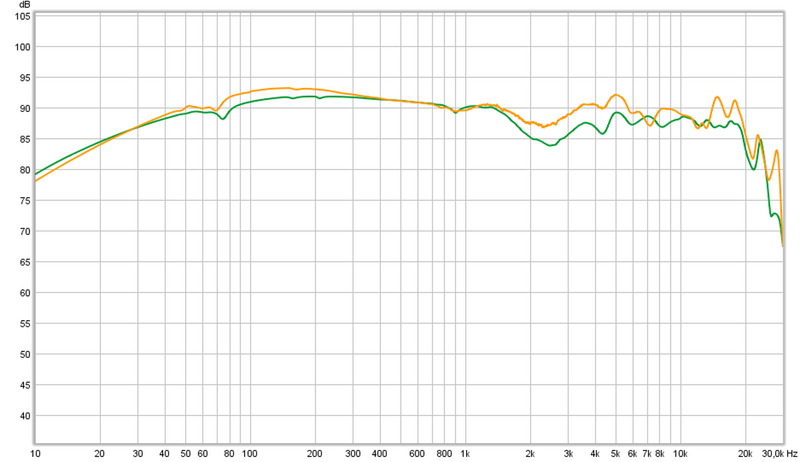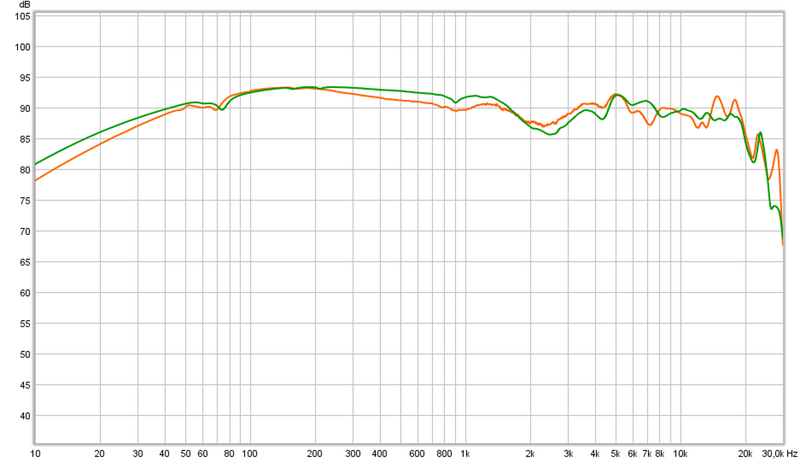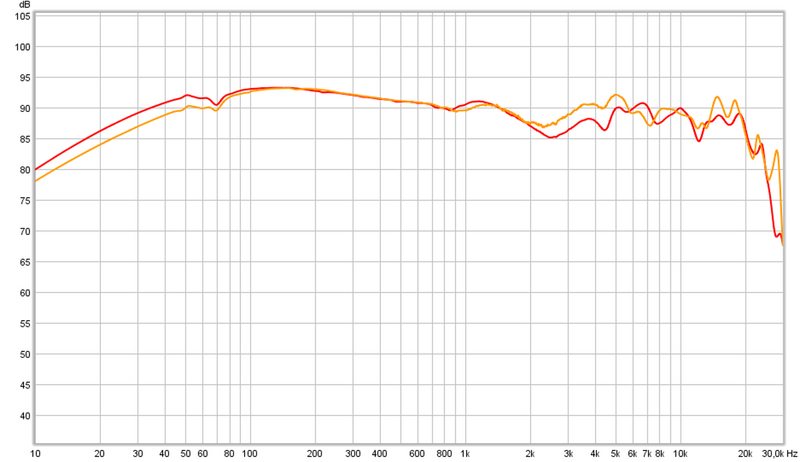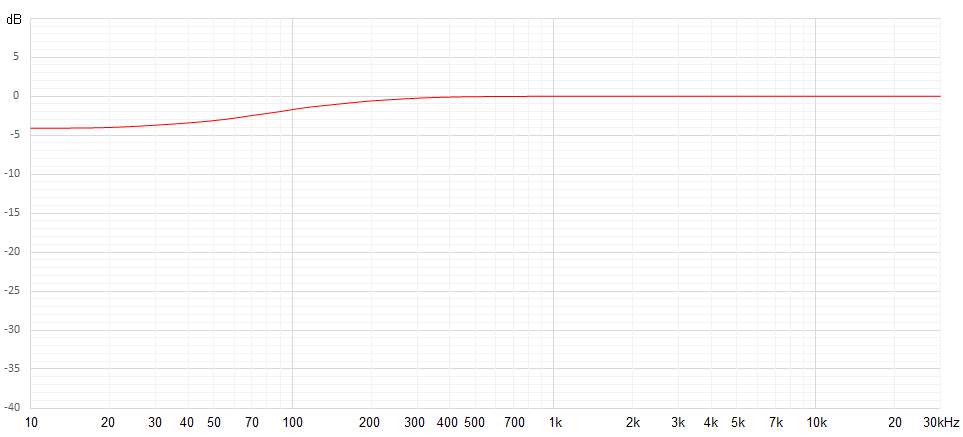Here are left and right in-ear measurements with HE-560s:
View attachment 15128
A question... (Have wrestled with similar issues)
Are the measured differences between the ears the result of:
A: The Pinnae/HRTF
B: The L-R difference between the HE-560 drivers
C: the exact angles/position of the mics differing
D: differences between mics
E: different positions of the drivers on the head
F: differences in gain between L and R mic-pre-ADC ?
G: Is the mic measuring 'flat' when inside an ear cavity ?
or ... a mix of any or all of the above ?
There are so many variables/unknowns here and differences of 2 dB are quite audible. I see differences well over 6dB here and there.
What I have found is that when creates 'sharp' filters to fill in dips or lower peaks that this rarely leads to worthwhile compensations.
Heavy 'smoothing' or using wide filters seems to produce the best (sonic) results, when one can rely on the measurement gear being 'flat' as the reference. And only then when the corrections needed are small.
Did you swap L and R driver (and the pads as they are angled ?) to check for differences between the drivers ?
What FR differences do you get with different mic orientations ?
How does one check FR differences in the mic circuit ?
Can the mics themselves be swapped between L and R earpiece or are they 'fixed' to the ear clamp ?
I have played with in-ear mics (different ones) as well and found them highly unreliable and incapable of producing repetitive results within a few dB over the entire FR range so gave it up.
It proved impossible to get meaningful results for me especially in distortion measurements due to mechanically coupled sounds.
How can one build a reliable compensation on this is a question that comes forward ?





